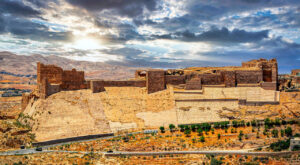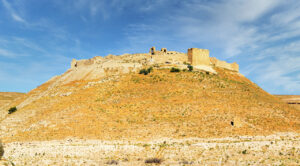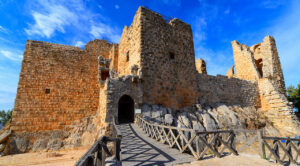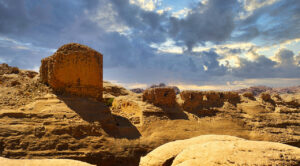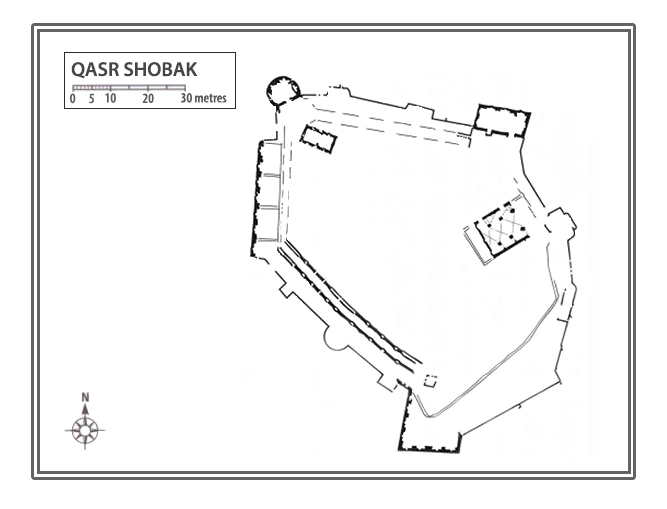Perched majestically atop a hill that rises above the Edom plateau, Shobak Castle (Montreal) stands as a testament to medieval strategy and resilience. It was the first in a chain of Crusader fortresses built in Oultrejourdain, the territory east of the River Jordan, constructed under the orders of Baldwin I, King of Jerusalem, in 1115. This fortress was strategically positioned to oversee vital caravan routes between Syria and Egypt, making it a highly coveted site. The surrounding Edom plains, while surprisingly fertile, offered additional allure despite the region’s harsh conditions.
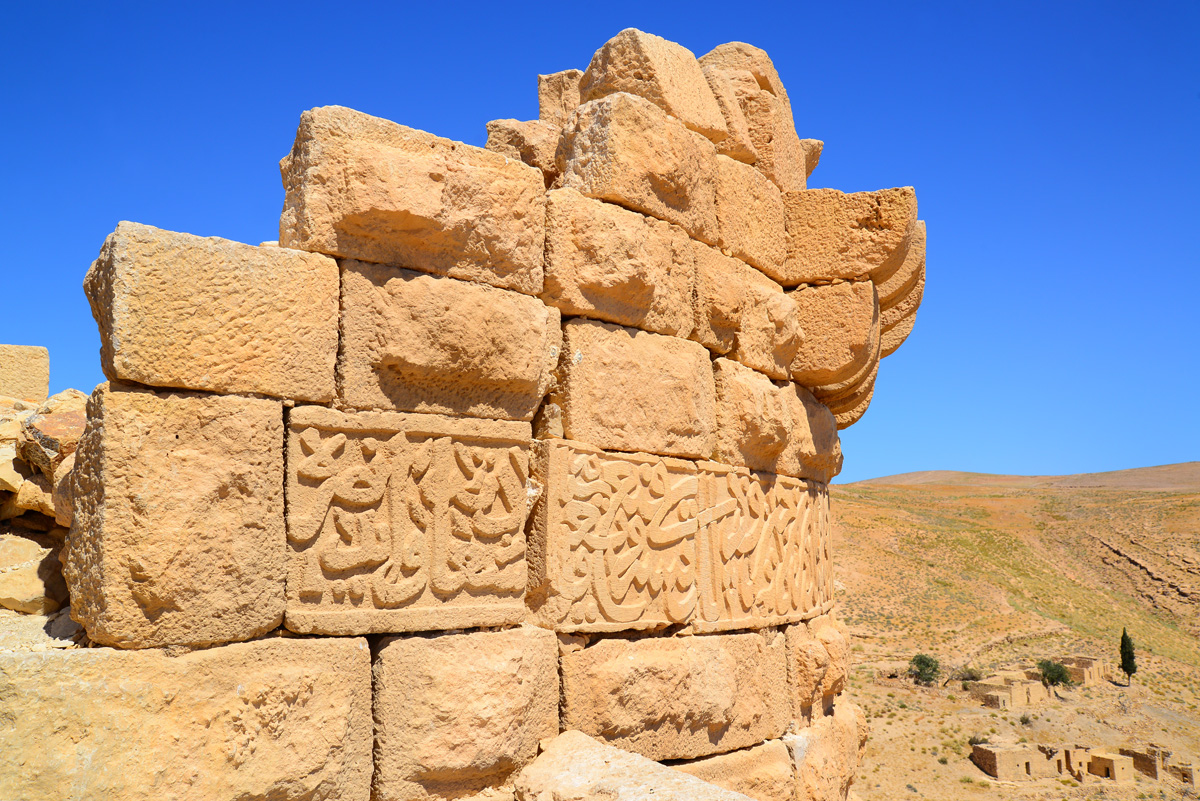
An extraordinary feature of Shobak Castle is the ingenious solution to one of the major challenges faced by Crusader fortresses—water scarcity. The defenders of the castle constructed an impressive tunnel that descends the hill to provide access to two spring-fed cisterns. This clever engineering ensured a continuous water supply during sieges while keeping the defenders safe from enemy attacks.
The castle’s layered history tells the story of successive rulers who left their mark on this imposing structure. After falling into Ayyubid hands, it remained under their control for 70 years. During this period, the fortress was fortified and beautified with carved inscriptions, grand quarters, and lush gardens. By 1262, the Mamluks transformed the castle into their administrative centre in South Jordan, making further alterations, including inscriptions in the remarkable Kufic script. The castle later bore witness to military clashes involving the Ottomans during the 19th century and housed a small community of families until modern times.
Upon arrival at the castle, you’ll notice the remnants of wells and the partially reconstructed church near the entrance. The church, one of two within the castle, displays an elegant apse flanked by two smaller alcoves, while an adjoining room served as a baptistry.
Just up the road, a two-storey arched building, originally built by Crusaders, was later repurposed by the Mamluks as a school.
The northern end of the castle features a semicircular keep adorned with arrow slits, a testament to its military purpose. Dark, weathered steps lead to the grim depths of the prison below. On the northeast corner, you’ll find a striking detail—beautiful Quranic inscriptions circling the keep, believed to date back to the Ayyubid era under the leadership of Saladin.
At the heart of the castle, you can explore the partly reconstructed court of Baldwin I, surrounded by ruins steeped in history. The second church, identifiable by a Crusader cross carved above the entrance, holds its own treasures below. Beneath it lie catacombs containing a fascinating blend of artefacts—Islamic tablets, Christian carvings, and large spherical stones once used as catapult ammunition. Among these relics, you’ll even find a modest throne said to have belonged to Saladin himself. These underground chambers connect to a remarkable 375-step secret passageway, leading to a subterranean spring. The passage ends outside the castle, where a ladder emerges beside the road to the nearby town of Shobak.
Despite its evocative ruins and rich history, the castle still awaits its full revival. Plans to recreate its vibrant past through local re-enactments have thus far been delayed, but the allure of Shobak Castle remains undeniable.
From its intricate architecture to its strategic ingenuity, every corner of Shobak Castle offers an invitation to step back in time and uncover the layers of history woven into its stone walls. It continues to captivate visitors, offering a glimpse into the lives, struggles, and triumphs of those who shaped this remarkable fortress.
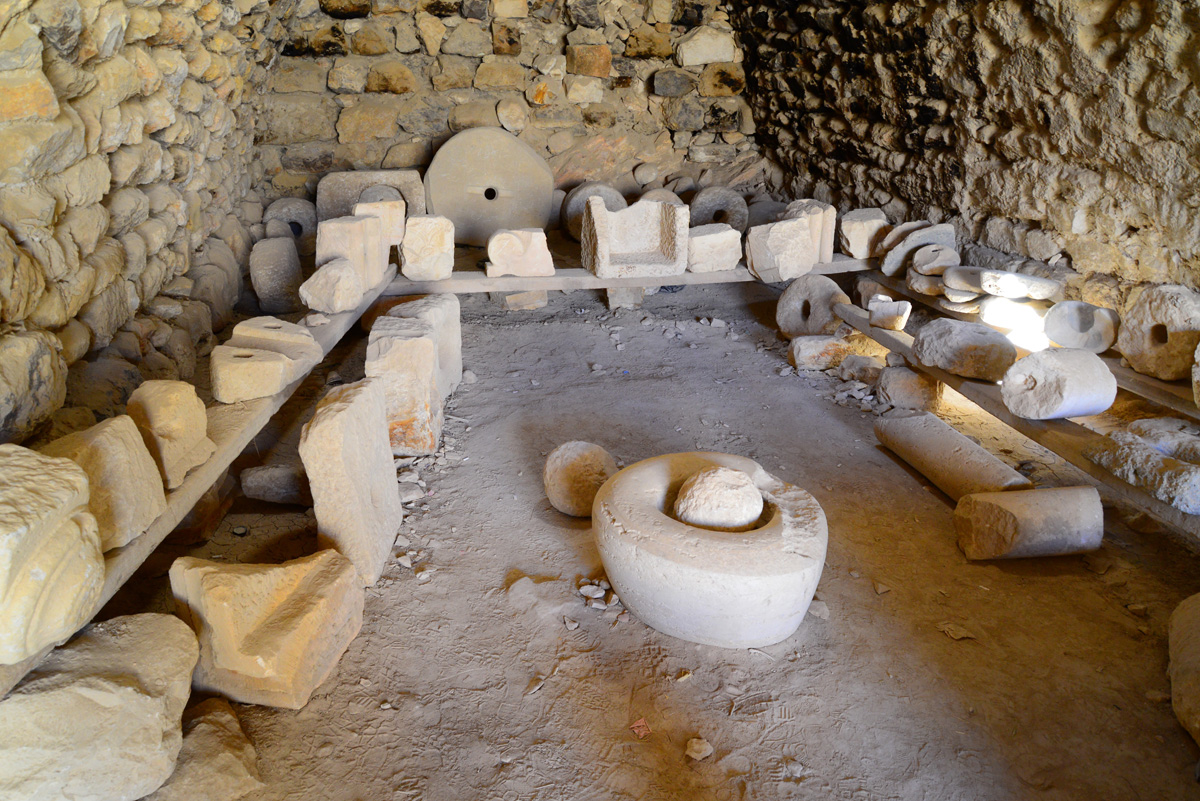
Shobak Castle, originally named ‘Krak de Montreal’, was built in 1115 by Baldwin I of Jerusalem during his campaign to secure Aqaba on the Red Sea. Constructed in homage to Baldwin’s efforts (“Mont-Royal”), it stood as an important Crusader stronghold within the Kingdom of Jerusalem until 1142, when the Lordship of Oultrejordain moved its centre to Karak’s sturdier fortress further north. The castle, along with Karak, supplied sixty knights to the kingdom.
Over time, Shobak passed through prominent hands, including Philip of Nablus, Philip de Milly, and Raynald of Châtillon. Raynald used the castle as a base for aggressive raids on passing caravans and even directed a daring plan to attack Mecca by building ships and transporting them overland to the Red Sea. These actions provoked the Ayyubid Sultan Saladin, who captured Jerusalem in 1187 before laying siege to Shobak. Although the hill prevented the use of siege engines, the castle withstood nearly two years before falling to Saladin’s forces in 1189. It was then granted to his brother, al-Adil, who held it until Saladin’s death in 1193.
Shobak continued to play a role in regional politics, with control disputed during Crusader-Ayyubid negotiations in 1218-19. Eventually, it was stormed and overtaken by the Mamluk Sultan Baybars in 1261, bringing it under Egypt’s dominion.
Though its walls saw centuries of conflict, Shobak Castle remains a powerful testament to the Crusader era, offering visitors a glimpse into the ambitions and turmoil of the medieval period.
